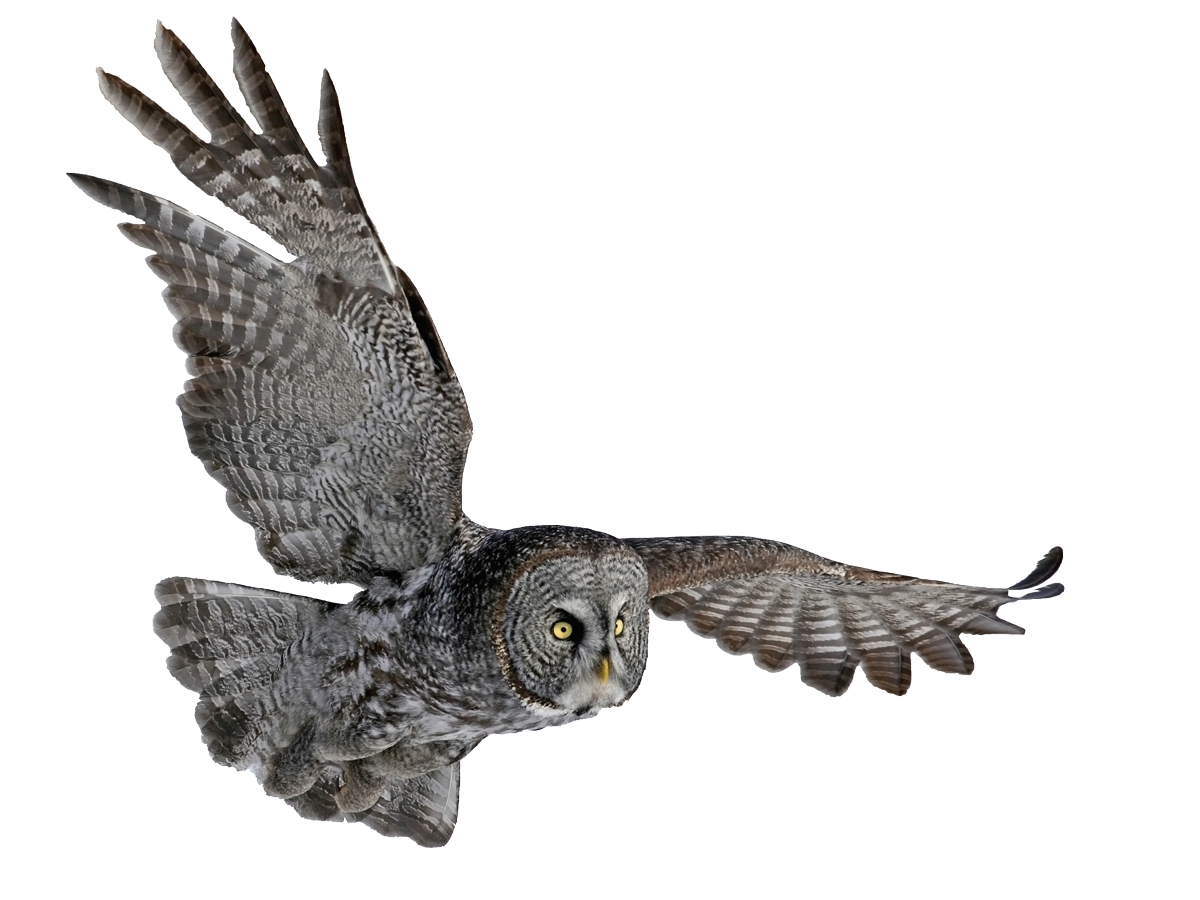Pest categories

House mouse
Common carpet beetle, fur beetle, museum beetle and larder beetle
Fleas
Clothes moth and case bearing clothes moth
Pharaoh ants
Black rat
Flies and houseflies
Gulls
Other pests of stored foodstuffs are beetles
Mediterranean Flour Moth, Indianmeal moth, cacao moth and Broad-barred knot-horn moth
Wood-damaging beetles
Meat flies
Domestic pigeon
Brown rat
Fruit flies (drosophila)
Ants
Cockroaches
Wasps
Bed bugs
Raven birds
Sparrows
Contact us
Sparrows
For sparrows, the urban environment is close to their normal way of life. Natural populations of sparrows are found in shrubby riverbanks and small scrublands with open areas nearby. The ideal habitat for these birds is thought to be an area with shrubs suitable for hiding from predators and open areas for feeding. Urban parks and green spaces near buildings meet their natural needs, therefore, birds choose these places. Sparrows have gone much further in adapting to artificial environments: they have started to breed and feed in confined spaces, such as large factory floors, warehouses, shopping centres, hangars and even underground tunnels. In such places, these birds can breed all year round, no matter the season.
Why are they pests?
Their faeces pollute public places, cars, residential and commercial buildings.
Spread parasites and pathogens.
Sparrows occupy the nests of other birds, destroying their eggs and chicks ⎯ displacing the more desirable songbirds and insectivores.
They clog ventilation openings.
Once inside food factories, warehouses, grocery stores and supermarkets, these birds damage produce.
In agricultural areas, sparrows cause significant damage to crops.
Spread parasites and pathogens.
Sparrows occupy the nests of other birds, destroying their eggs and chicks ⎯ displacing the more desirable songbirds and insectivores.
They clog ventilation openings.
Once inside food factories, warehouses, grocery stores and supermarkets, these birds damage produce.
In agricultural areas, sparrows cause significant damage to crops.
Which areas are relevant?
- Public health
- Land management and maintenance sector
- Food industry
- Grain mills
- Storage areas
- Logistics sector
What do they harm and who do they harm?
- Sparrows occupy the nests of other birds, destroying their eggs and chicks ⎯ displacing the more desirable songbirds and insectivorous birds
- They pollute buildings with their droppings, as they usually perch there
- Sparrows’ nests arranged in ventilation openings are becoming an increasing problem
- Once in food factories, warehouses, grocery stores and supermarkets, these birds damage produce
- Their faeces can harbour a wide range of disease-causing bacteria, fungi, nematodes, etc.
- In agricultural areas, sparrows cause significant damage to crops such as wheat and other cereals, as one bird per day drops about 6 g of immature cereal seeds
- Faeces contaminate public places, cars, residential and commercial buildings
Key attributes
Sparrows nest in man-made or natural sites that are sheltered from harsh environmental conditions. The most popular locations for the sparrow nests: edges of buildings, openings in buildings, drains, advertising signage, light fittings, anchors, house attics.
Both females and males build large and unstable nests made of straw, grass, feathers, scraps of paper, hair and other materials.
Sparrows can displace other birds (goldcrests, robins), destroy their eggs and use their nests to raise their own chicks.
Sparrows hatch 2⎯3 broods per year, which is a maximum of 21 chicks per year. Evidence suggests that in some cases, under favourable environmental conditions, hatching can occur throughout the year.
Young sparrows leave their nests immediately after their first flight, after about 15 days, and begin forming small flocks. Later, other broods and adults join in to form flocks of several hundred sparrows.
Both individual sparrows and flocks are very attached to their territory: they nest and feed in the same places all the time.
In winter they gather in urban areas, and in spring they spread out over agricultural.
Juveniles and non-breeding adults sometimes fly as far as 6⎯8 km from their nests to feeding sites.
Both females and males build large and unstable nests made of straw, grass, feathers, scraps of paper, hair and other materials.
Sparrows can displace other birds (goldcrests, robins), destroy their eggs and use their nests to raise their own chicks.
Sparrows hatch 2⎯3 broods per year, which is a maximum of 21 chicks per year. Evidence suggests that in some cases, under favourable environmental conditions, hatching can occur throughout the year.
Young sparrows leave their nests immediately after their first flight, after about 15 days, and begin forming small flocks. Later, other broods and adults join in to form flocks of several hundred sparrows.
Both individual sparrows and flocks are very attached to their territory: they nest and feed in the same places all the time.
In winter they gather in urban areas, and in spring they spread out over agricultural.
Juveniles and non-breeding adults sometimes fly as far as 6⎯8 km from their nests to feeding sites.
PEST CONTROL involves the protection of human health, property and food resources from unwanted harmful organisms ⎯ pests.
Copyright


